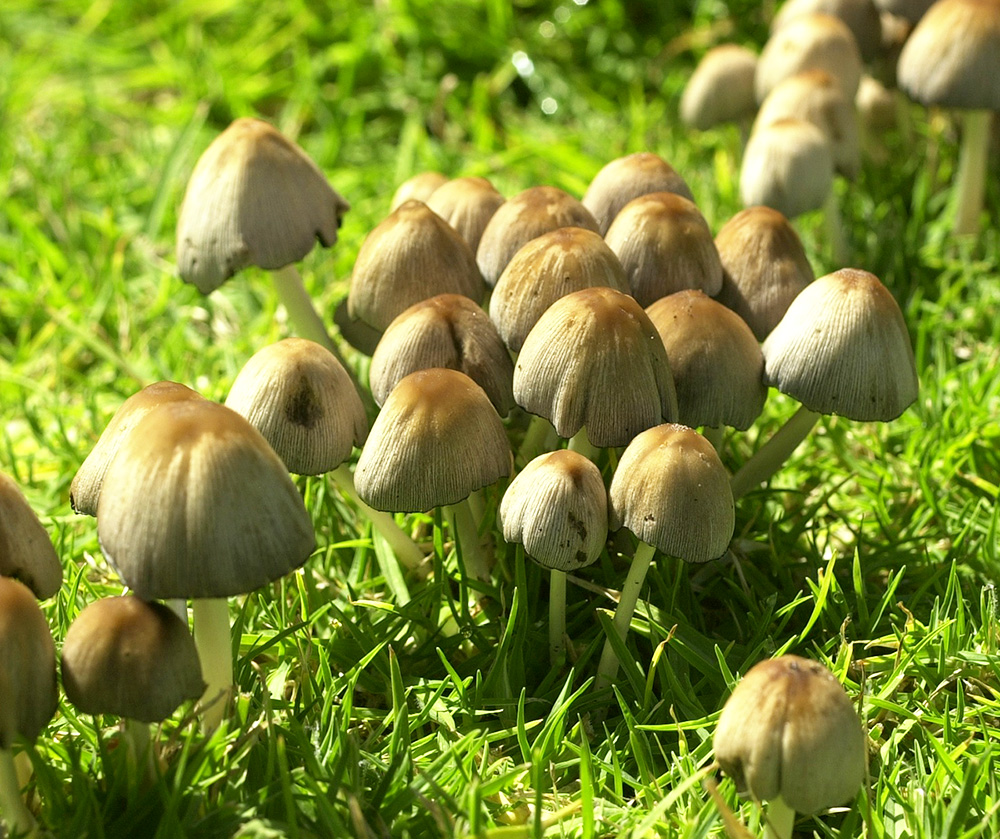Ever wondered where the little mushrooms that mysteriously pop up like magic in the garden come from? Diane Peacock (former Chief Gardening sub-editor), sheds some light on the fungus and whether or not you should be worried about them.
YOU MIGHT LIKE: 3 Reasons to take up organic gardening
Where do they come from?
Mushrooms are a fungus and just one of the fascinating things that occur in a healthy garden – after all, it’s a living system. The main part of the mushroom is actually underground and after rain when the humidity and temperature are at the right levels and certain weather conditions prevail, the fruiting (or spore-producing) bodies pop up in little clumps, in beds and on the lawn.
READ MORE: How to harvest rain water

Are they harmful?
While they’re not to be eaten as they could be poisonous, they aren’t harmful to plants and it’s unlikely your pets will eat them. They are not problematic and usually decompose after a week or so. Mushrooms aren’t detrimental to container plants either. They actually increase the quality of the potting soil, which makes them a beneficial addition.
READ MORE: How to make compost
Mushrooms are not to be confused with harmful fungal plant diseases like black spot, downy mildew and rust caused by pathogenic fungi. Mushrooms are a sign of healthy soil and contribute to a flourishing environment.

Good to know
Mushrooms are spore-producing organisms that feed on other organic matter around them. This means they play an important role in the decomposition process, as they convert decaying organic matter such as dead trees and leaves, into nutrients that allow the garden to thrive. Because they don’t need sunlight, they can grow almost anywhere as long as there is dead organic matter to support them.

KEEP READING: The role of fungi


